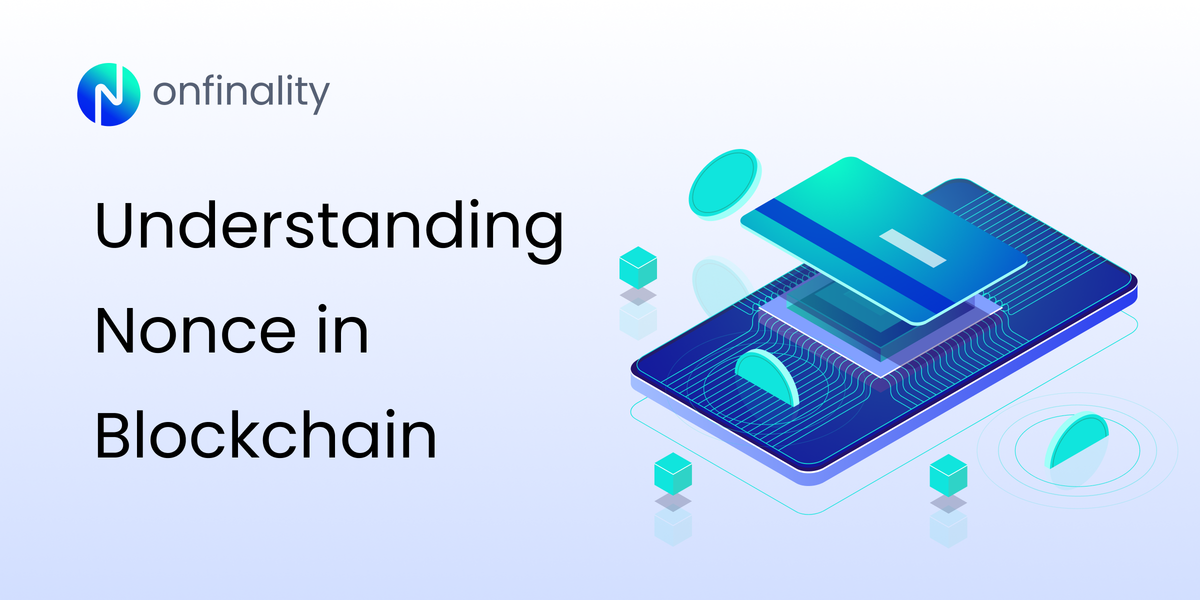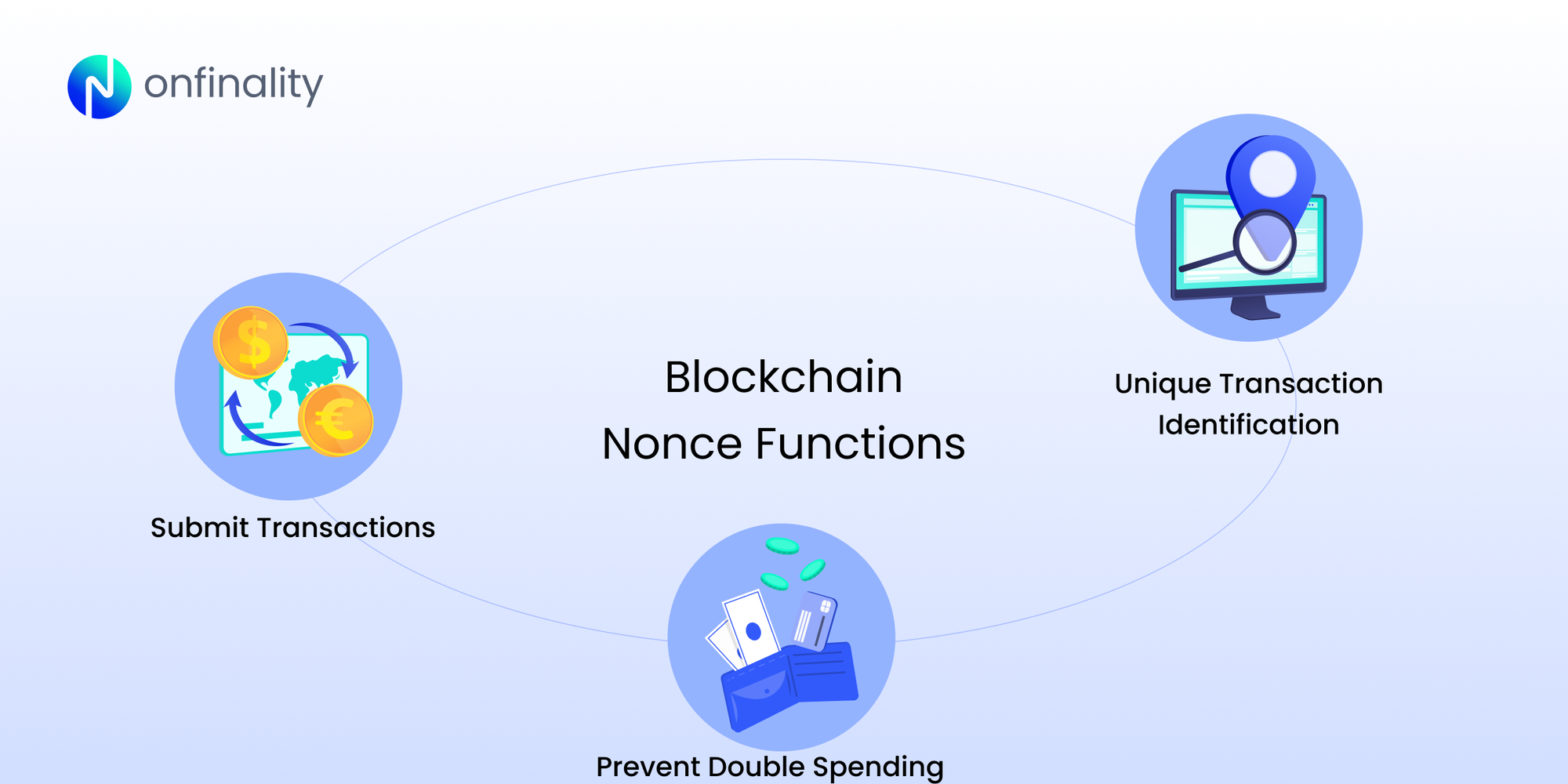Understanding Nonce in Blockchain: Transaction Already Known
When working with blockchain transactions through an RPC node, developers often encounter the dreaded “already known” error. This issue usually stems from improper handling of the Nonce - a small but critical concept in blockchain that ensures every transaction is unique.

When working with blockchain transactions through an RPC node, developers often encounter the dreaded “already known” error. This issue usually stems from improper handling of the Nonce - a small but critical concept in blockchain that ensures every transaction is unique. Understanding how Nonce works can save you hours of debugging and prevent failed or duplicate transactions.
What is a Nonce in Blockchain?
In blockchain systems, a Nonce (short for “number only used once”) is an incremental integer assigned to every transaction sent from a wallet address. Each new transaction must use the next sequential Nonce.
For example, if your wallet has sent five confirmed transactions, the next valid Nonce must be 6.
If you try to reuse or skip a Nonce, the blockchain node will reject the transaction.

The Nonce prevents duplicate transactions and ensures the correct order of execution on the blockchain.
Why Does the “Already Known” Error Occur?
The “already known” error usually appears when a transaction with the same Nonce has already been broadcast to the network. RPC nodes will not accept another transaction with the same Nonce unless the original is dropped or replaced.
Common causes include:
- Duplicate transaction submissions due to retries in code.
- Out-of-sync Nonce tracking between your application and the blockchain node.
- Pending transactions clogging the mempool, leaving no available Nonce for the new transaction.
How RPC Nodes Handle Nonce and Transactions
RPC nodes act as gateways to the blockchain. They validate every transaction request before broadcasting it to the network.
- If the Nonce is too low → The node returns “already known” or “nonce too low.”
- If the Nonce is too high → The transaction remains pending until the missing Nonces are filled.
- If the Nonce is correct → The transaction is accepted and broadcast successfully.
Developers must carefully manage Nonces when sending multiple transactions in parallel or through automated scripts.
Best Practices to Avoid the “Already Known” or “Nonce too Low” Errors
- Track Nonce locally: Always fetch the latest confirmed Nonce from the blockchain before submitting a new transaction.
- Handle pending transactions: Wait for confirmations or implement transaction replacement logic (e.g., Ethereum’s eth_replaceTransaction).
- Manage timeouts: Ensure your timeout length matches your blockchain nodes’. If you do receive a timeout error, check the transaction status before sending it again to confirm whether it did eventually succeed.
- Use reliable RPC providers: A robust RPC node service can reduce sync issues and help maintain accurate Nonce tracking.
- Implement retries wisely: Instead of blindly resubmitting, adjust Nonce tracking logic to prevent duplicates.
How OnFinality’s Ultimate RPC Endpoints Reduce Nonce Errors
Even with good Nonce management in your code, RPC node performance and consistency can make the real difference. This is where OnFinality’s global RPC endpoints help:
- Consistent latest blocks: OnFinality’s intelligent gateway ensures you always connect to healthy nodes that are in sync with the latest block, reducing mismatches that cause Nonce conflicts.
- Low global latency: With distributed infrastructure across multiple regions, your transaction requests are routed quickly and efficiently, lowering the chance of delays that can lead to duplicate or out-of-sync Nonce submissions.
By using a reliable RPC service like OnFinality, developers can focus more on building and less on troubleshooting Nonce-related issues.
Additional Resources
Final Thoughts
The Nonce may seem like a simple integer, but it plays a critical role in blockchain transaction integrity. Mismanaging it leads directly to the “already known” and “nonce too low” errors when working with RPC nodes.
By properly tracking and managing Nonces, you can ensure smoother, more reliable blockchain transactions. Get a head start by using a fast, reliable RPC such as OnFinality's Ethereum RPC
Whether you’re building dApps, automating scripts, or sending multiple transfers at once, mastering Nonce handling is key to avoiding frustrating transaction errors.
Common Questions
How do blockchains prevent double spending?
In blockchain networks, nonces are crucial for preventing double spending. Since each transaction from a wallet must include a unique and sequential Nonce, the blockchain can enforce strict ordering and reject any duplicate or reused Nonce values. This ensures that the same funds cannot be spent twice, as only one valid transaction with the correct Nonce will be confirmed.
How to identify a nonce?
Every transaction on a blockchain contains a Nonce field that indicates its sequence number. To identify a Nonce:
- Via Block Explorers: Look up your wallet address on a block explorer (e.g., Etherscan) and check the transaction details, where the Nonce value is displayed.
- Via RPC Node: Use the eth_getTransactionCount method on your RPC node with parameters "latest" or "pending" to see the current Nonce for an address.
By checking the Nonce, you can verify transaction order and avoid issues like duplicate or skipped submissions.
About OnFinality
OnFinality is a blockchain infrastructure platform that saves web3 builders time and makes their lives easier. OnFinality delivers scalable API endpoints for the biggest blockchain networks and empowers developers to automatically test, deploy, scale and monitor their own blockchain nodes in minutes. To date, OnFinality has served hundreds of billions of RPC requests, supports over 120 networks including Avalanche, BNB Chain, Cosmos, Polkadot, Ethereum, and Polygon, and is continuously expanding these mission-critical services so developers can build the decentralised future, faster!
